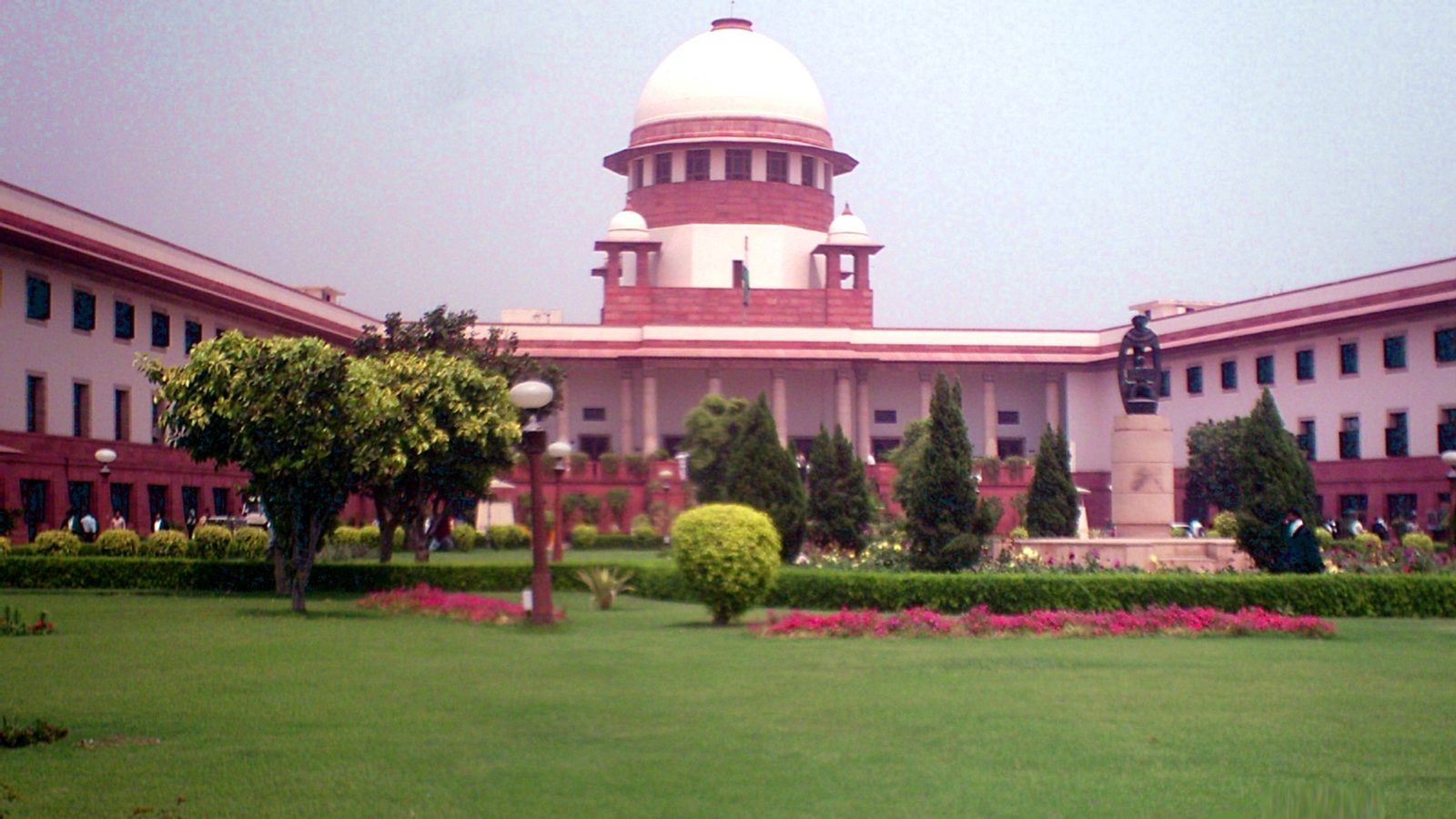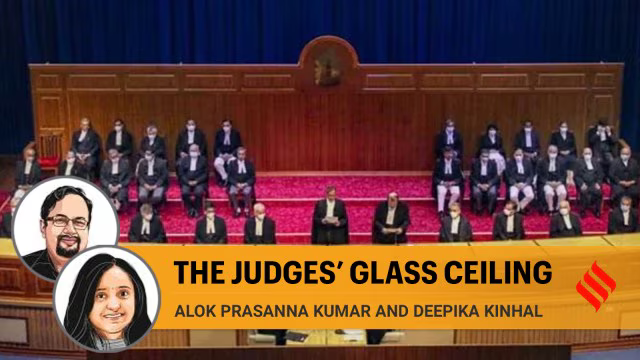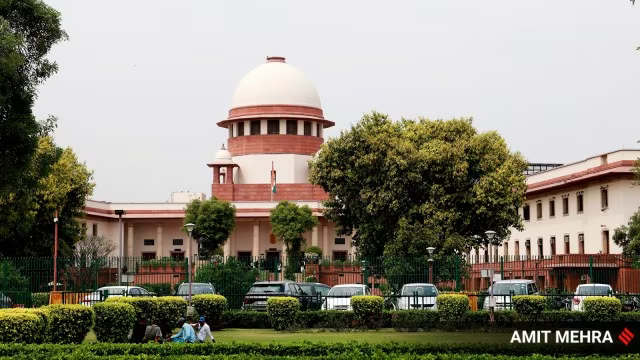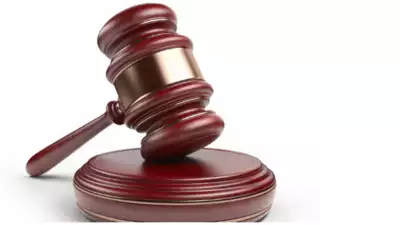
Internal Migrants Treated as Step-Children as Compared to External Migrants?
Supreme Court’s differential approach exposes class bias and compliance to the government
Consider these two pieces of news about the Supreme Court’s recent orders:
• ‘Can’t stop or monitor their movement on roads’: SC rejects plea seeking relief for migrants
One conclusion that can be drawn from these orders is that the court doesn’t care that much about the migrants currently trying to get home within India as much as it does about the migrants from outside India. The class differences between the two groups of people is too obvious to be re-stated and one can see which group the court sympathises with. It doesn’t help matters that while the court held a special sitting to pass orders to help the latter group, it has dismissed the concerns of the former group with little thought and adjourned matters with no effective remedy.
Another conclusion that can be drawn is the obvious faith that the court places in the stand of the Government. That whatever the Government says is taken at face value and deemed sufficient to dispose of the matter. Even as numerous subsequent reports show, the urgent humanitarian crisis migrant labour within India are currently undergoing. When contrasted with the tough stands being taken by the High Courts vis-a-vis their respective state governments, the Supreme Court looks less like a judicial body and more like an Executive agency.
Supreme Court fails to stand up in the court of public opinion
The court has repeatedly been castigated in the court of public opinion for failing to do its job when it comes to the misery of internal migrants, frontline healthcare workers and others. While no one expects the Supreme Court to go all the way like the Wisconsin Supreme Court in actually striking down the lockdown, one has to ask – what is the court’s proper role in an emergency situation?
The last time the court was called upon to decide important questions of law and constitution during a declared Emergency, it failed spectacularly. Even though judges insist that the terrible judgement in ADM Jabalpur v SK Shukla, which said that individuals have no enforceable fundamental rights during an Emergency and which virtually gave governments the power to murder citizens has been “buried ten fathoms deep” (the judgement which set aside the ADM Jabalpur v SK Shukla judgement), the actions of the Supreme Court during the Covid-19 lockdown suggest that its spirit is still strong.
High courts lead the way
And yet, it is not as if this is a structural failing in the judiciary. High Courts across the country have been moved to action by the plight of migrant workers, patients and doctors suffering from the missteps of the state and central government, and have demanded answers with tough questions. No one expects the judiciary to replace the executive’s judgement on how best to handle the COVID-19 crisis in India but neither is the executive to be given carte blanche to do as it pleases in the name of the medical emergency.
The obvious example one can cite here is that of the Karnataka High Court which, through its unrelenting focus on the welfare of the migrants, asked tough questions of the Karnataka State Government until the latter crumbled and acceded to the demand that stranded migrant workers will not be asked to pay for their tickets back home and the state would pay for it.
One only hopes that the judges of the Supreme Court learn from the actions of their brethren in the High Courts.
Understanding the spirit of how the Supreme Court should function in emergency from history
While Lord Atkin or Justice HR Khanna are usually held up as the norm of how a judge should hold a government to account during an emergency, I would like to draw an example from closer home, from a court which was faced with a civil liberties case during the Second World War. The Federal Court of India, a judicial body set up during British rule, with judges appointed by the British Indian government, and headed by a British judge, with a fraction of the powers or protections of judges of the Supreme Court of India today, did something quite remarkable in 1943. In Keshav Talpade v the King-Emperor, the Federal Court struck down the detentions of Quit India movement agitators under the Defence of India Rules. The detentions were struck down on the ground that the rule under which the detenues were detained was beyond the powers of the British Indian Government as was provided for under the Government of India Act, 1935.
What is remarkable about this finding is that the point which eventually helped the petitioner get released was not even argued by the counsel for the petitioner but something which occurred to the court during the course of argument! Here is a court that, with its limited jurisdiction and power, concerns itself sufficiently with civil liberties during a time of existential strife for the British empire to interfere in favour of an Indian subject.
I’ll close this post with this remarkable quote from Keshav Talpade where Justice Maurice Gwyer ends the judgement on a somewhat apologetic note to the government but nonetheless is convinced of the higher calling of his duty as a judge to uphold the rule of law:
“We recognise that our decision may be a cause of inconvenience and possibly of embarrassment, even though temporarily, to the executive authority. We regret that this should be so, especially in these difficult times; but we venture to express an earnest hope that greater care may be taken hereafter to secure that powers of this extraordinary kind which may affect, and indeed have affected, the liberty of so many of the King’s subjects in India, may be defined with greater precision and exactitude, so as to reduce to as small a compass as possible the risk that persons may find themselves apprehended and detained without legal warrant.”
P.S. The Supreme Court today has taken suo moto cognizance of the plight of the migrant workers and listed the matter for hearing day after but if its conduct thus far is any evidence, one wonders whether the measures will be of real consequence or merely placatory. It can only be hoped that history can serve as a reminder.
Views are personal.



